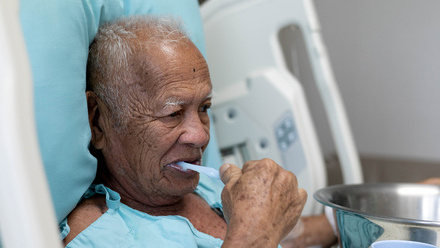The tech to protect
Technology could help improve safety at work by allowing people to practice for dangerous situations. The latest Health and Safety Executive (HSE) statistics revealed that 138 workers in the UK died in work-related accidents in 2023/24, with construction and agriculture, forestry and fishing sectors accounting for the greatest number of fatalities. Another 87 members of the public also lost their lives.
An article on the Royal Society for the Prevention of Accidents’ (RoSPA) website, released for World Day for Safety and Health at Work on April 28, pointed to the benefits of incorporating virtual reality (VR) and augmented reality (AR) technology in improving safety.
Author Bridget Leathley, an occupational health and safety consultant, said: “A key benefit of XR [extended reality] training is to allow learners to rehearse skills that would otherwise be dangerous or expensive (or both) to practise in other ways. For example, confined space training in a classroom can’t get across how it feels to work in a confined space. But training in real confined spaces could expose trainees to the hazards you are trying to avoid, as well as being disruptive to operations. Full scale confined space simulations are expensive and might involve workers travelling to specialist training centres.”
She added: “Many studies show that immersive training can be more engaging and increase memory retention compared to traditional classroom or video methods. However, this depends on the quality of the experience, and the opportunity to apply the skills in the workplace.”






